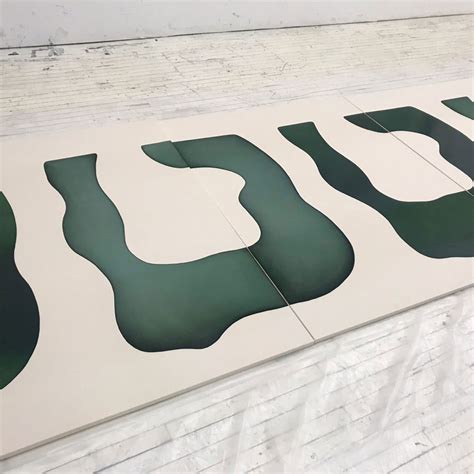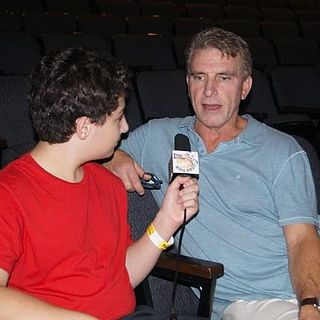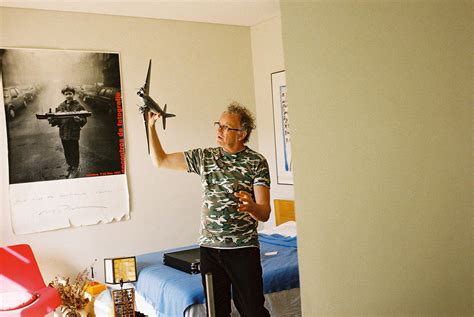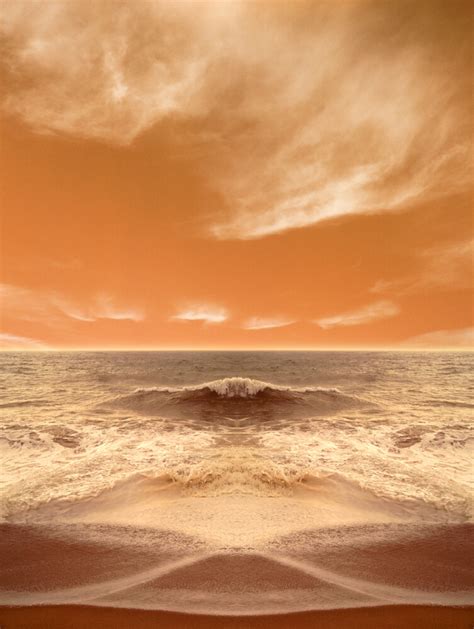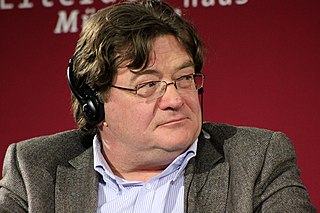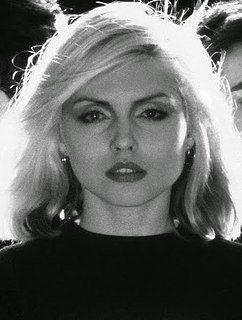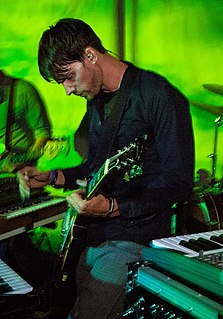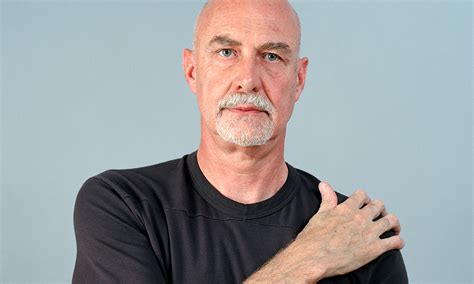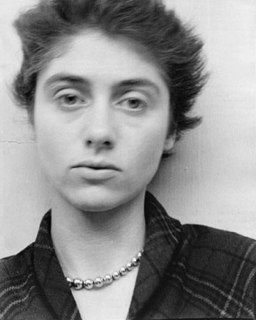A Quote by Henri Cartier-Bresson
This recognition, in real life, of a rhythm of surfaces, lines, and values is for me the essence of photography; composition should be a constant of preoccupation, being a simultaneous coalition - an organic coordination of visual elements.
Related Quotes
To me, photography is the simultaneous recognition, in a fraction of a second, of the significance of an event as well as of a precise organization of forms which give that event its proper expression. And this organization, this precision, will always escape you, if you do not appreciate what a picture is, if you do not understand that the composition, the logic, the equilibrium of the surfaces and values are the only ways of giving meaning to all that is continuously appearing and vanishing before our very eyes.
What I most cherish is the observation of the movement of colors. Only in this have I found the laws of those simultaneous and complementary color contrasts that nourish the actual rhythm of my vision. In this I find the actual essence, an essence which is not born out of an a priori system or theory.
On one level, I'm interested in how the space dictates the effect visually - how the composition of a given work changes depending on the nature of each wall. But I'm also trying to emphasize less tangible elements: the amount of time it takes to walk the gallery's perimeter; how one's physical distance affects his or her sense of the overall composition; how the size of the space creates a sense of visual rhythm. It's really a matter of seeing how much structure is necessary to impose for those things to become apparent.
[My photography teacher] gave me the Mexican Day Books of Edward Weston and just blew me away with this work. The fact that you could be this fabulous visual artist, with all this milieu of people like Diego Rivera and you could sleep with these gorgeous, amazing women, that you could live that life - that photography could deliver you that life.
Surfaces reveal so much. The marks painters make reveal so much about their work and themselves; their sense of proportion, line, and rhythm is more telling than their signature. Looking at the surfaces of nature may offer equivalent revelations. What do these shapes and patterns reveal about the world and their creator? Surfaces hide so much.
That was always what I felt was the beauty of Rock 'n' Roll, it was entertainment and showbiz yet it had the idea of the voice of the people, it had an essence to it which was socially motivated. Not that I want to change to world, you know? But it was sort of relevant to real life, it involved the real essence of poetry or the real essence of fine art. But it was also entertainment. That was the real vitality.
At the deepest level, an 'open heart' is spacious presence, in which the sense of separateness between yourself and the 'other' dissolves and there is the recognition of oneness, of shared consciousness. That recognition is love. Sensing the formless essence in another and recognizing it as one with your own essence - that's what love is. All this is an intrinsic part of the awakened consciousness and the revelation of the spiritual dimension of life.
I think that the exactitude of the photograph has a sort of compelling nature based in its power to duplicate life. But to me the real power of photography is based in death: the fact that somehow it can enliven that which is not there in a kind of stultifying frightened way, because it seems to me that part of one's life is made up of a constant confrontation with one's own death.


